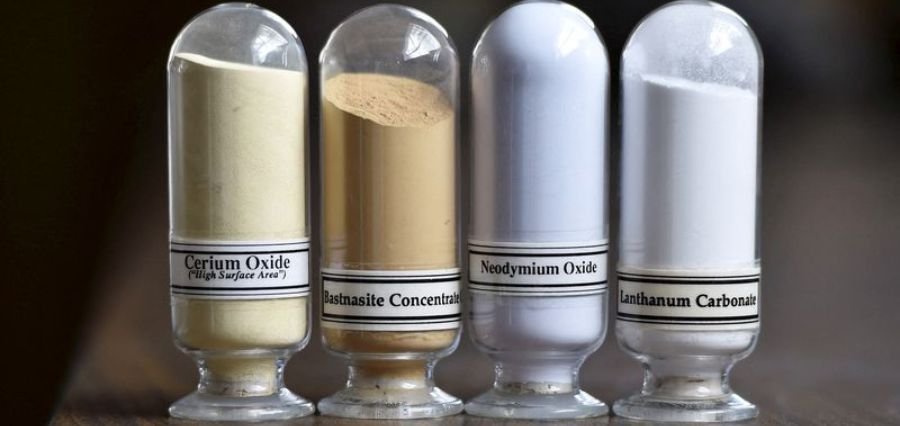Prime Highlights
- China’s exports to America of rare-earth magnets climbed 660% in June 2025.
- Shipments globally rose month by month but trail 2024.
Key Fact
- American exports in June were at 353 metric tons after the restoration of licenses.
- H1 2025 overall exports fell 18.9% versus the same period last year.
Key Background
China’s rare- earth endless attraction exports to the US surged in June 2025 to 353 metric tons, an increase of 660 from May. The answer followed policy fine- tuning and the proceeded allocation of import permits ending months of silence after suspended import controls initiated in April 2025. The robust answer signals proceeded bilateral collaboration and Beijing’s commitment to stabilize under- pressure strategic force chains.
Despite June Chinese exports posting a month-on-month rebound, total Chinese rare-earth magnet export stands 38% lower than their June 2024 levels. That is, even as resumed licensing, normalization of trades, persists. In the first half of 2025, total Chinese magnet exports combined amounted to 22,319 tons—a year-on-year decline of 18.9%—tracking the persistent effects of past policy constraints.
Rare-earth magnets are pivotal to the production of electric cars, wind turbines, high-tech electronics, and military equipment. China has more than 90% of world production. The export controls announced in April, including a license regime, were part of Beijing’s deliberate strategy for securing dominance over cleaner energy and technology supply chains. This provoked supply shortfalls in the West, and particularly in America and Europe, as producers scrambled to source replacements and competed for those subsidized by the government.
When June rebounds, short-term relief does not last because long-term stability for the supply chain is uncertain. Western economies are aggressively diversifying their rare-earth purchasing strategy—promoting domestic manufacturing, making investments in recycling, and negotiating trade deals. China, on the other hand, continues the squeeze by controlled exports, handing out rare-earth quotas during the second half of 2025 in secret. The flip-over indicates that rare-earth material is geopolitically valuable in the current technology-driven economy.





